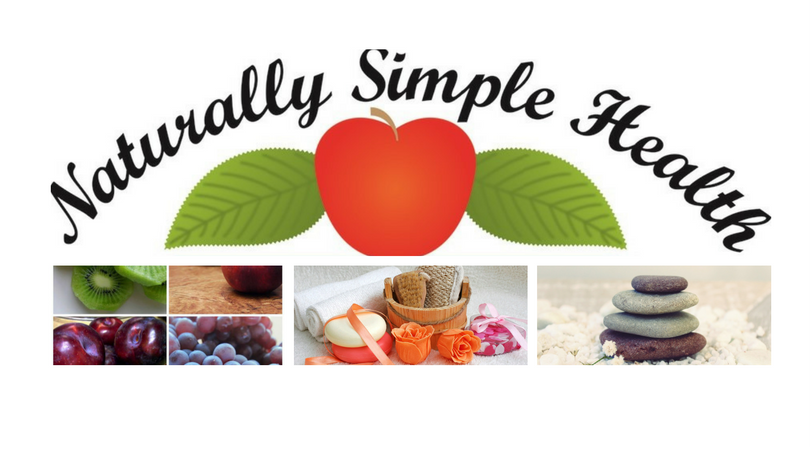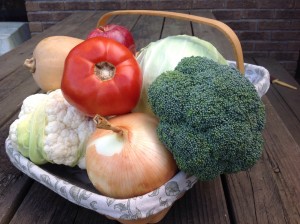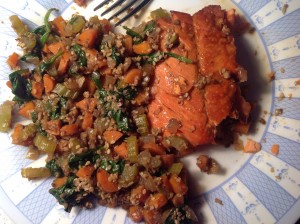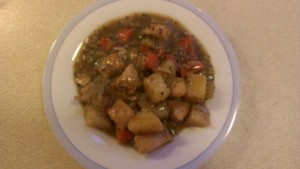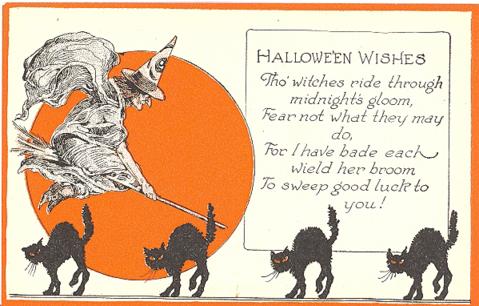
What Do I Do With All This Harvest?
Gathering the last of the harvest in the fall months leaves windowsills, tables and baskets full of tomatoes, squash, pumpkin, peppers, beets, apples and sweet potatoes. These yummy foods sit waiting to be used up. You’re left with so much fresh, precious food and so little time. The neighbors get to share in the excess and you send it home with anyone who darkens your door. All your labor of the spring and long hot summer has finally paid off, in rich dividends. Now, what do you do with everything you have left?
Now is the time to save some money. So many dishes can be made from these wonderful veggies and fruits. Here are some ideas for your next meal or two, or three or more.
Fresh Salsa
Fresh salsa is a big hit for fall. You can use the yellow, red or green peppers finely sliced along with some fresh onion and garlic to create your own salsa. Depending on the peppers you have planted you can make a Mexican salsa as well as a simple tomato salsa. If you have harvested peaches or apple, you can even make a salsa with these items. If you choose to can salsa make sure you follow a recipe that is tried and sure to keep the acid out of your salsa.
Sweet Potato Dishes Galore
Sweet potatoes have huge nutritional benefits. A sweet potato pie is just one of the many yummy things you can make. This root makes wonderful custards, casseroles and stews. It keeps fairly well if kept in dark places. Once is has become woody, it is no longer good for use.
Zucchini Bread
Zucchini makes the best bread and is a treat in the fall. You can freeze this vegetable and use it all winter long in breads and potato pancakes (try adding zucchini to this.)
Decorate Your Home with Squash & Gourds
Squash and gourds can be used as decoration in your home or yard. If you’ve harvested them you will know that they are everywhere in the fall. Take some fall flowers (mums are particularly hardy), squash and gourds and make table decorations from them. Of course you can prepare and freeze squash for winter use.
Hash It Out Over Hash of All Kinds
Beets diced up finely with some fresh potatoes and a little pot roast or corned beef finely diced will make a tasty hash. Don’t count this out in the fall. You can make a hash with apples, sweet potatoes, butternut squash or really anything you desire. The word hash encompasses a lot of different foods of your choice. If you wanted to omit the meat you could make a simple veggie and fruit hash. Search the net for some recipes.
Apples, Apples, Apples
Apples not only taste good but they make the house smell delicious as well. Applesauce is a great way to use up the apple leftovers and you can also freeze this for later use. Apple pies, apple cobblers (and peach too), apple crisp and apple butter are just a few of the ways you can use up your harvest.
With winter fast approaching, you will want to get as many of your goodies up in cans tucked away or frozen. There’s nothing like going to the pantry or freezer and seeing your hard labor waiting for you. Happy Harvest!
